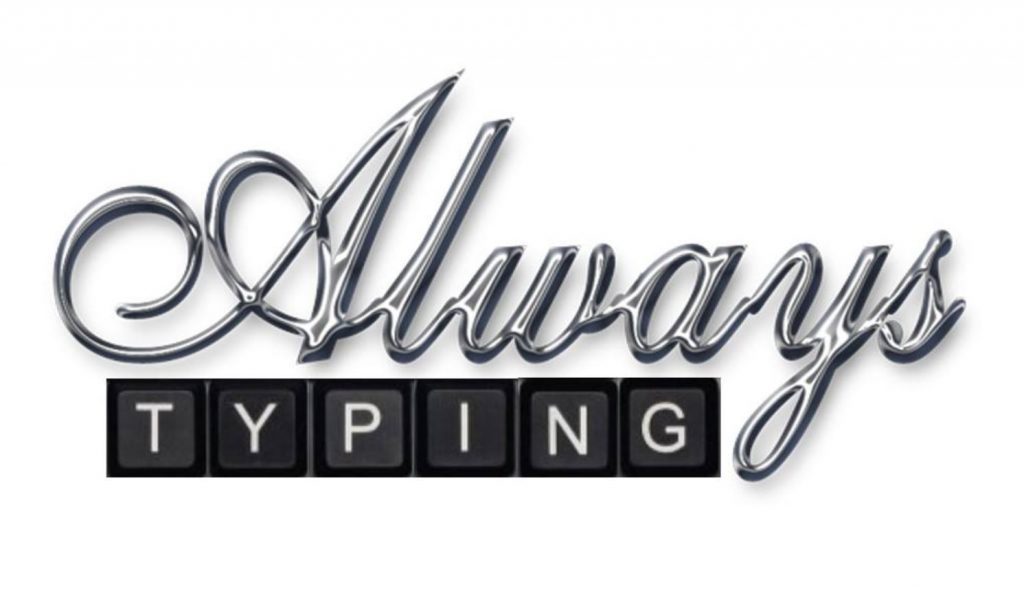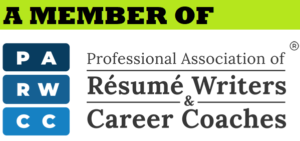The average hiring manager spends 6-7 seconds looking at an incoming resume. If you want your resume to get read more, you have to make it shine. This includes the format, the font, and most importantly, the writing.
You may have heard of behavioral interview questions that employers use to get information from candidates. You’re supposed to use the STAR method for answering them.
Did you know that you can apply the STAR method to resumes? Applying the STAR method of responding to interview questions to how you write your resume takes it to the next level. Keep reading to learn more.
Table of Contents
ToggleWhat Is the STAR Method?
STAR stands for:
- Situation
- Task
- Action
- Result
It is a popular interview technique that recruiters and hiring managers use to determine the most qualified candidate. The method is a behavioral technique to get the most important information from a candidate about a specific accomplishment.
Situation
The situation is the challenge you are faced with. This can be asked in a number of ways, but is often presented as “describe a time you solved a problem at work.” You need to keep this in mind for later in the article when we cover applying this to resumes.
Task
The task is what you were assigned. What problem did you have to solve?
Action
The action outlines what you did to solve the problem. What steps were taken or activities completed to resolve the issue?
Result
The result is the outcome of your action. Did you save the company money? Did the solved problem have a ripple effect across the organization with several improvements? The result will be the impact when writing a resume.
Why Should I Use It?
There are many benefits of using the STAR method when writing your resume. It not only shows a clear accomplishment, but it also impresses recruiters. Other benefits include:
- You can communicate concisely and confidently about your achievements
- You understand your qualifications and impact
- You have the opportunity to outline relevant accomplishments for the job you are targeting
- You have impactful and detailed descriptions
- The method focuses on your achievements and what you have completed for an organization
- Allows your resume to tell a story vs. outlining tasks
- Positions your resume competitively against other candidates
- Creates many talking points for the resume
Additionally, when you apply the STAR method to your writing, the reader can see the value you bring to an organization instead of just hearing about it during the interview.
How to Use the STAR Method in Resumes
It’s fairly simple to apply this interview method to your resume. You just need to think a little differently than you normally do. When considering your accomplishments and job duties, think about the whole picture. When you can answer each element of the STAR method, you’re ready to put it all together.
At times, the situation may be your current job role. There may be many results and actions taken for that specific function. For example, let’s say you were hired to transform a failing organization into a profitable one. That is the situation and you would include it in the paragraph explaining your duties.
The impact of that transformation, the tasks you were assigned, and the actions taken led to the results. These are more than likely going to be accomplishments.
We should note that many situations have lengthy tasks, actions, and results to discuss. You do not want to overwhelm the reader or include every detail in your resume. When adapting this method for your resume content, you want to hit the highlights and key factors. This also opens up a lot of discussion points for the interview.
PRO TIP: Your resume isn’t meant to be a chronicle of everything you’ve done during your career. It should highlight the most important achievements–those things that will make an interviewer want to ask you questions.
STAR Method Resume Examples
There are two main ways people use it in a resume. One is the main bullet with the situation and the following bullets are for the other aspects. The other is a consolidated bullet that hits all the elements. We’ll include an example of both:
One main bullet with sub-bullets:
- Acted as key business development leader, tasked with increasing revenue and supporting sales staff to maximize opportunities and outcomes.
- Identified ongoing gap in professional development and training within sales staff.
- Implemented training checklist, created new curriculum, and ensured each employee completed required training sessions.
- Achieved 400% revenue growth.
Consolidated bullet:
- Drove 400% revenue growth by resolving ongoing professional development and training issues within sales staff; implemented training checklist, created new curriculum, and ensured each employee completed required training sessions.
Both of these examples are great and get the message across to the reader. Resumes do have length requirements, so the amount of experience and how much space you have will help guide you in which option is best for your document.
Get Professional Resume Help Today
Now you understand more about how to adapt the STAR method for resumes. We hope you have a clearer picture on how to position achievements on your document! If not, we can help.
Our resume writing services not only use the STAR method for resume writing, but we also provide a professional, ATS-friendly format that gets you past the Applicant Tracking System and impresses hiring managers. Check out our services today to learn more.



